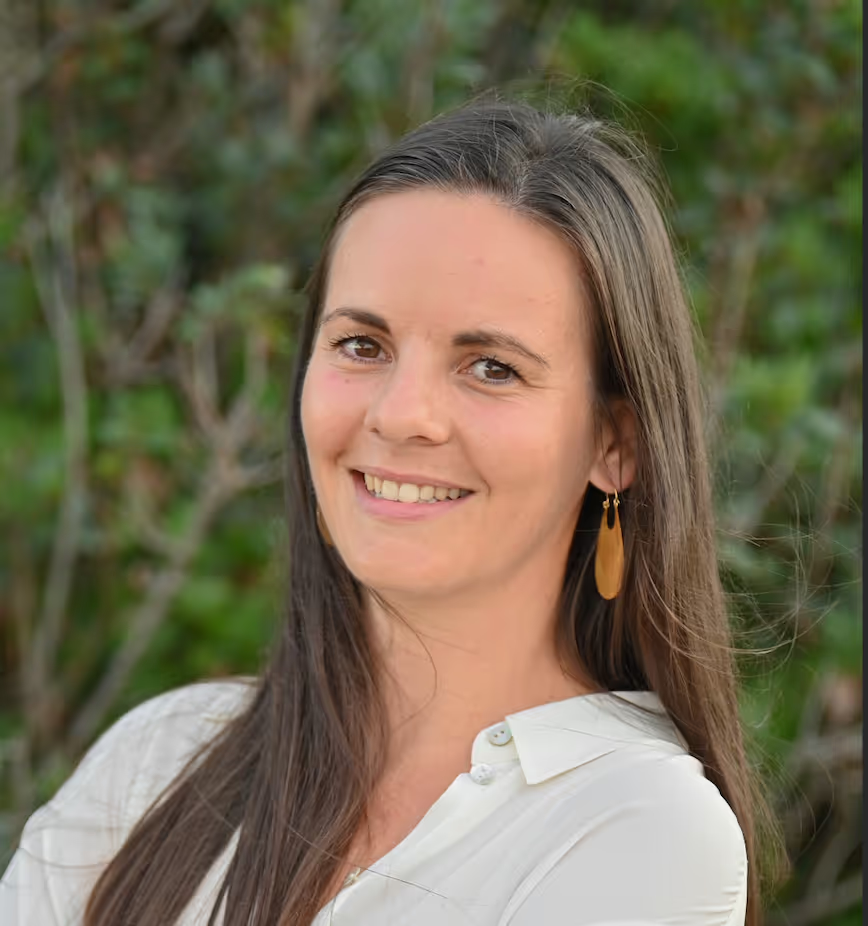Regenerative agriculture is a comprehensive approach to farmland management that focuses on restoring and enhancing soil health, increasing biodiversity and improving the ecosystem’s overall function. Although there is no one-size-fits-all regenerative agriculture model, commonly accepted key cultivation practices seek to regenerate soils, reduce carbon emissions, preserve water resources and foster biodiversity.
To create more self-sustaining agricultural systems, it embraces practices such as reduced tillage (soil preparation), diverse cropping systems, integrated pest management, and natural habitat conservation.
Beyond restoring natural ecosystems, regenerative agriculture enhances the resilience of farming systems by increasing economic profitability, benefiting both suppliers and local communities.1 2 This farming model is co-designed with farmers, bearing in mind the local context, challenges and objectives to drive continuous improvement in agricultural practices.
At Givaudan, we believe that adopting regenerative agricultural approaches that protect and restore natural resources can play a significant part in preserving biodiversity across our supply chains and reducing their carbon footprint, while helping to secure responsible ingredient sourcing for our customers.
Since 2021, our Agronomy department has launched several regenerative agriculture pilot programmes, including guarana in Brazil and turmeric in India. By launching pilots in these botanical ingredient supply chains, we aim to demonstrate the agricultural, environmental, and economic benefits of regenerative practices - supporting their adoption at scale.
.jpg)
Regenerative guarana model farm where guarana is intercropped with 18 other crops and trees - Bahia, Brazil
In the southern Bahia region in Brazil, the Guarabest programme aims to build a traceable, sustainable approach to sourcing, working alongside local producers and cooperatives. The initiative engages 240 farmers across 58 communities in six municipalities, enhancing economic resilience and fostering community development.
As part of this programme, with the support of reNature, a leading regenerative agriculture consultancy, Givaudan has designed a regenerative guarana model farm and developed a monitoring and evaluation framework to showcase its benefits.
Today, this pilot field relies on 18 botanical species simultaneously being cultivated with guarana in the same field. This promotes biodiversity and strengthens ecosystem resilience by improving soil health. Diversifying crop species can also boost fauna abundance and diversity, including pollinators and auxiliary species that help to control crop pests. This sustainable approach not only supports the long-term productivity of guarana farms but also provides additional income streams for farmers through a more diverse mix of crops.
Over the past two years, we’ve monitored key performance indicators to assess the model’s performance and its impact on the farm environment. Achieving a comprehensive understanding of this model requires at least three years of experimentation to ensure that the technical recommendations can be adopted by farmers at scale, driving the transition to regenerative agriculture.
At Givaudan, we recognise that we have both a responsibility - and a unique opportunity - to drive, support, and contribute to the shift towards regenerative agriculture. This transition is vital to ensuring the sustainable sourcing of our natural raw materials, delivering products and solutions that meet customer expectations, and uphold our corporate sustainability commitments.


